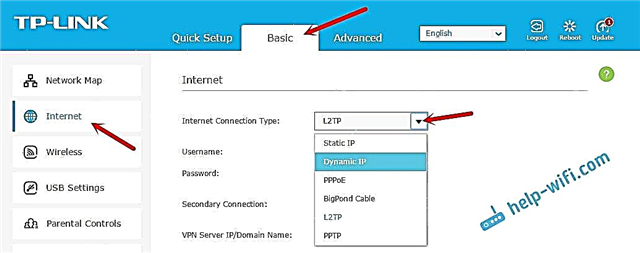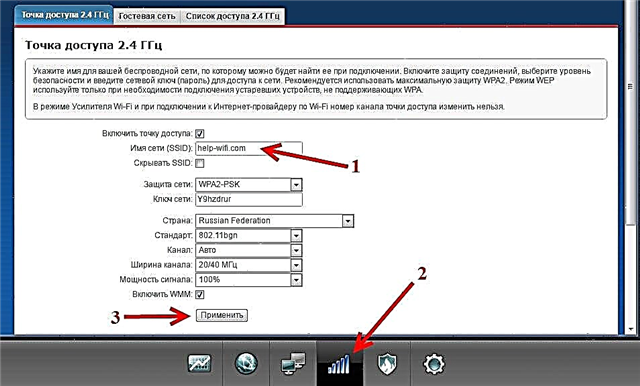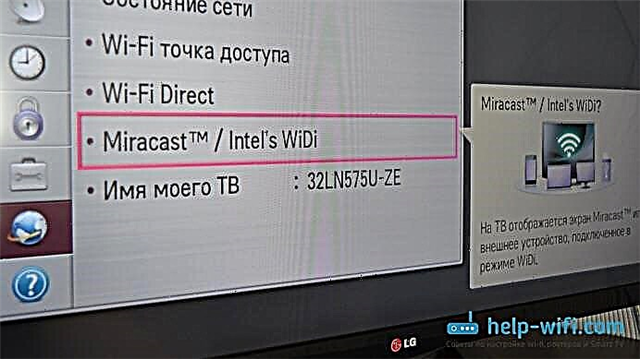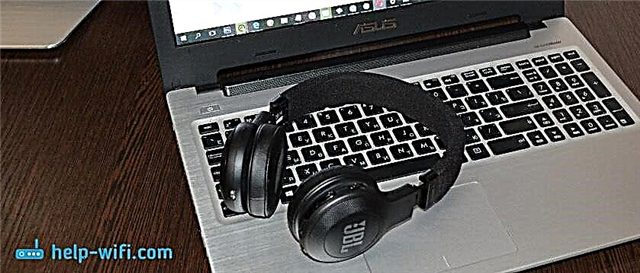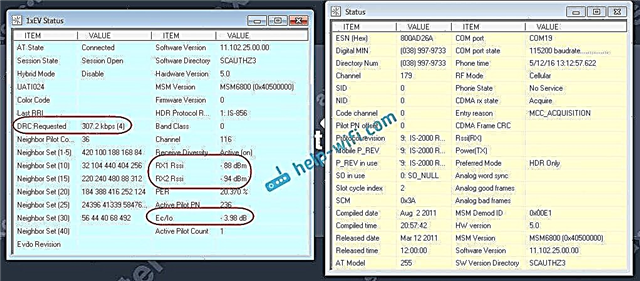I have been using the Internet from Intertelecom for a long time, and after switching to an unlimited tariff, the speed when checking through speedtest.net was on average 8-10 Mbit / s. When downloading files, the real speed was 800-1100 Kbps. Which is very good.
Recently I noticed that when downloading files, the speed does not rise above 500 Kbps. I checked the speed, watched it for a couple of days, and found out that the speed dropped to 5 Mbps. It is unclear why this happened. I looked at the reception parameters in the AxesstelPst EvDO BSNL 1.67 program, nothing has changed there. In principle, these are not bad parameters, which I have shown in many articles. I have a 14 dB antenna, the most common one. Up to the tower, about 9 kilometers. I wrote about setting up this antenna in the article: Installing and configuring a 3G CDMA antenna using the example of an Intertelecom provider. There you can see my figures for AxesstelPst EvDO BSNL. True, even at the old tariff (Rev. A).
So, I decided to buy a more powerful antenna. I bought a new one, with a capacity of 24 dB, and with a contactless adapter. A contactless adapter is a separate topic altogether, below I will write about this device in more detail. I took it, you can say because of interest, to see what kind of device it is, how it will work, and just in case. I have a Huawei EC 306-2 modem. And it has a very bad connector for an external antenna, very fragile. And it's already broken, soldered. So, if it fails at all, you can use a contactless adapter.
I bought an antenna in the store https://3gstar.com.ua/. Such an interesting shop, with the ability to take any product for a test. Now we will consider installing this 24 dB CDMA antenna. I will show you what results I have achieved, and how the contactless adapter works.
CDMA antenna with 24 dB gain: installation and configuration
The antenna came complete with a cable (10 meters), and a contactless adapter. The antenna is large, two meters long. It looks like this:

The kit included a 75 Ohm cable. I decided to use my 50 Ohm. It seems to be better suited for CDMA antennas. I installed the antenna in the attic. I just plugged my old cable into it.

The antenna itself was directed towards the base station. Ideally, of course, it is better to attach the antenna to the bracket and raise it higher. But, I have 9 kilometers to the tower. I don't think it makes sense. Yes, and once already tried it, when I put the old antenna, there is no difference. And so, the antenna is hot under the roof, and will not get wet in the rain.
At the other end, a regular adapter was connected to the cable. Well, I connected the whole thing to a modem.
I was not very impressed with the result. Almost nothing has changed compared to the weaker 14 dB antenna. The indicators in the AxesstelPst EvDO BSNL program have slightly improved.
With an old antenna, 14 dB:

Metrics change all the time, especially DRC Requested. I caught the best indicators.
With the new 24 dB antenna power:

As you can see, the indicators have slightly changed for the better. As for the speed itself, practically nothing has changed there. Maybe a little. Now she's like this:

These are the results. We still need to experiment. You can try to put in another cable, maybe mine is already damaged, it's old. Also, you can try to twist another antenna, or raise it. Maybe I'll try later. If there are results, I will definitely share them. But, something seems to me that the best indicators can no longer be obtained.
Contactless adapter: how does it work and what are the results?
If your modem has a regular connector for an external antenna, then use only it. The signal through the contactless adapter is much worse than through a regular cable.
The contactless adapter is intended primarily for modems that do not have a connector for an external antenna. There are such models. And in the case of such modems, this is the only way to somehow enhance the reception. Or, for 3G Wi-Fi routers, which also do not always have a regular antenna connector. It looks like this:

We connect it to our antenna, and just apply it to the modem. It is advisable, of course, to secure it with an elastic band or electrical tape.

Here is the result obtained through this adapter:

These are not the best indicators, they "jumped" very much all the time. But, everything evenly enhances. True, a regular wire adapter gives much better results (see screenshots above).
Conclusions
After setting up, I decided to call Intertelecom upset. Find out why the same speed could drop by half. The operator almost immediately switched me to a technical specialist, with whom we talked a little. But, he still could not answer me why the speed was 10 Mbit / s before, and now 5 Mbit / s. He only said that this is a normal speed, that is exactly what the base station I am connecting to. And yet, he said that the speed could drop due to the fact that new subscribers appeared. But this is hard to believe. Since it is spring now, and the load, on the contrary, has dropped. There are also clients mainly from rural areas. Yes, and early in the morning, the speed is just as low.
You can look at the article in which I wrote about the "Super 3G Unlimited" tariff, there is a screenshot of the speed measurement that was before. And above, you can see what speed is now. But, the Internet began to work much more stable. Virtually no cliffs, etc.
It seems to me that at the base station itself, something was "tweaked". Maybe they just limited the download speed, and because of this, the station began to work more stably. I simply do not see any other options for a drop in speed. Although the operator convinced me that this was not possible, the speed was not limited in any way.
That's it. Share your speed measurements in the comments, and the results from AxesstelPst will be interesting to see. Good luck!



